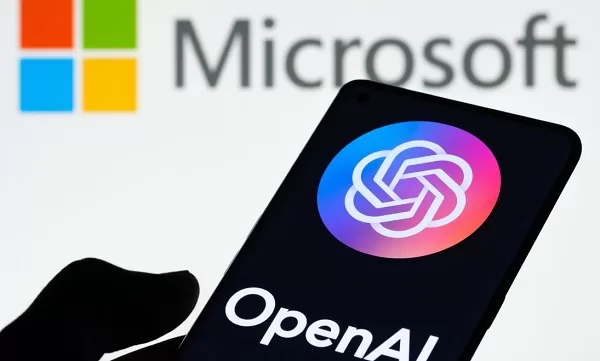Microsoft Creating AI Reasoning Models

Microsoft Develops Its Own AI Models to Compete with OpenAI
Overview of Microsoft’s AI Aspirations
Microsoft is taking significant steps to develop its own artificial intelligence (AI) reasoning models to rival those created by OpenAI. According to a report by The Information, which cited sources familiar with Microsoft’s internal projects, the company is actively working on these models to lessen its reliance on OpenAI’s technologies.
Testing Alternative AI Models
Based in Redmond, Washington, Microsoft has been exploring various AI models from other companies, including xAI, Meta, and DeepSeek. These models are being considered as potential substitutes for OpenAI’s offerings, particularly within Microsoft’s popular product, Copilot. This initiative comes as Microsoft seeks to enhance its AI capabilities and maintain a competitive edge in the rapidly evolving tech landscape.
Reducing Dependence on OpenAI
Microsoft has enjoyed a strong partnership with OpenAI, but the tech giant is now looking to diversify its AI resources. This shift is aimed at not only minimizing reliance on OpenAI but also at reducing costs associated with licensing AI technologies. In December, Reuters reported that the company was working on integrating both internal and third-party AI models to empower its flagship AI product, Microsoft 365 Copilot, which was originally built on OpenAI’s GPT-4 model.
Development of MAI Models
The AI division at Microsoft is spearheaded by Mustafa Suleyman. His team has been developing a suite of models known internally as MAI (Microsoft AI), which reportedly perform on par with leading models from OpenAI and Anthropic when evaluated against standard benchmarks. This advancement represents a significant leap for Microsoft as it works towards self-sufficiency in the AI sector.
Innovative Reasoning Techniques
In addition to the MAI models, Suleyman’s team is also focused on creating advanced reasoning models. These reasoning models employ “chain-of-thought” techniques, allowing them to generate answers that involve multiple steps of reasoning. This capability is particularly useful for solving complex problems and positions Microsoft’s models to compete directly with OpenAI’s offerings.
Experimental Phase with Copilot
Suleyman’s team has already started testing the MAI models within Copilot, replacing OpenAI’s technology with their own more extensive models. This experimentation is crucial as Microsoft prepares for potential shifts in its product dependencies while continuing to enhance the user experience through AI integrations.
Potential Release of MAI Models
Looking ahead, there are plans for Microsoft to potentially release the MAI models later this year. These models may be offered as an application programming interface (API), allowing external developers to integrate Microsoft’s AI capabilities into their own applications. This move could further establish Microsoft as a key player in the AI development landscape.
Conclusion
Through these strategic developments, Microsoft aims to not only solidify its position in the AI market but also foster an ecosystem where developers can innovate using its in-house AI technologies. The company’s efforts reflect a broader trend in the tech industry toward independent AI solutions, driving forward the competitive landscape in artificial intelligence.




